China exported over $438.7 billion worth of goods to the US in 2024 alone, more than the GDP of over 150 countries combined. What began as a $3.86 billion trade flow in 1985 has now turned China into America’s second-largest trading partner, tightly woven into global supply chains.
But the pace is changing. In December 2024, exports from China to the US surged to $48.83 billion, up from $47.309 billion in November. Exporters rushed to ship ahead of projected tariff hikes. These shifts reflect a volatile trade environment that demands fast, informed decision-making.
For Indian exporters, this volatility opens real possibilities. Businesses that decode these shifts early can move into supply gaps that China once dominated.
This blog breaks down what’s changing about China’s exports to the US, why it matters, and how Indian exporters can use current China-US trade trends to build a stronger position in the American market.
Key Takeaways
- China’s exports to the US topped $525 billion in 2024, but tariff hikes and policy shifts are reshaping trade flows.
- Key export categories like electronics, machinery, and consumer goods remain China-dominated but face rising pressure.
- Tariffs now reach up to 100% on products like EVs, solar cells, and steel, pushing US buyers to seek alternative suppliers.
- Export disruptions from shipping delays and regulatory burdens are creating openings for faster, more agile competitors.
- Indian exporters are gaining ground in textiles, pharma, and auto components by offering supply consistency and cost control.
What Defines the China-US Trade Relationship Today?
The China-US trade relationship in 2025 is a mix of deep economic dependence and growing political strain. Both countries still rely on each other, but the push to reduce that reliance is getting stronger.
Here’s how the current trade dynamic plays out:
- China is still a major supplier to the US, especially for electronics, machinery, and raw materials.
- The US exports food, energy, and high-tech equipment to China.
- The trade dynamic works because each side brings different strengths to the table.
- In September 2024, the US ran a $26.9 billion trade deficit with China.
- That imbalance is fueling calls in the US to raise tariffs and reshore manufacturing.
- US companies are shifting parts of their supply chains to India, Vietnam, and other alternatives.
- China is trying to cut its reliance on the US by growing domestic demand and trading more with other regions.
The US and China remain locked in a high-stakes trade partnership, competitive, uneasy, but economically intertwined. As both sides explore alternatives, the relationship continues to shift, shaped by mutual need and mounting uncertainty.
What Are the Current Trends in China’s Exports to the US?
Recent data reveals fascinating patterns in how trade flows between these two economic giants. Understanding these trends helps you spot opportunities and prepare for market shifts.
Recent Export Performance
According to recent reports, China’s exports to the US were worth $525.65 billion in 2024. Monthly figures show an upward push: exports climbed to $48.830 billion in December 2024.
Much of this growth came from a pre-tariff shipping surge, where businesses fast-tracked shipments to avoid expected tariff hikes. It’s a clear example of how even the anticipation of policy change can influence trade volume.
Sector-Specific Movement
Performance varies sharply across categories. Technology goods are under pressure from scrutiny and restrictions. Meanwhile, consumer products, especially essentials, remain steady.
Traditional sectors like textiles and home goods have reported mixed results depending on pricing and supply chain adaptability. Exporters who can stay flexible are better placed to respond to these shifts.
Regional and Seasonal Shifts
Seasonality continues to shape export volumes. Knowing when Chinese exports typically spike gives competitors an edge in timing their own shipments.
On the US side, states like Texas are top importers of Chinese goods. Last year, the US imported a million worth of Chinese products, including:
- Electrical machinery and electronics
- Mineral fuels and oils
- Mechanical appliances and parts
This geographic concentration opens up regional opportunities for Indian suppliers looking to step in with competitive alternatives.
Also Read: US-China Trade War: A Guide to Understanding Tariff Impacts
Which Products Is China Still Dominating in US Markets?
China’s product dominance in US markets remains strong across several key categories. These numbers reveal where competition is most intense and where alternatives might find openings.
Electronics and Electrical Equipment
In 2024, the US imported $127.05 billion worth of electrical and electronic equipment (HS Code 85) from China. This includes smartphones, semiconductors, integrated circuits, and household electronics. Even with tariffs, these products remain essential to US supply chains, and alternatives haven’t scaled up enough to replace them.
Machinery and Industrial Equipment
The US bought $85.13 billion of machinery (HS Code 84) from China in the same year. From HVAC systems to automated tools and components, China continues to be a key supplier, thanks to pricing, precision, and production lead times.
Mass-Market Product Categories
Chinese exporters still hold significant shares in several consumer categories:
- Textiles and garments
- Home appliance imports
- Optical and medical instruments
- US toy and game imports
- Baby carriages and umbrellas
- Sporting goods
This dominance reflects long-standing supplier relationships and manufacturing ecosystems that are difficult and costly to replicate elsewhere.
In short, China continues to lead in US imports of electronics, machinery, textiles, and consumer goods, sectors that rely on scale, precision, and tightly integrated supply chains.
For exporters, breaking into these categories will take more than competitive pricing. It demands quality assurance, consistent delivery timelines, and strong fulfillment reliability.
With Intoglo’s full-container-load (FCL) shipping support and real-time tracking tools, exporters can meet procurement expectations without compromising on speed or visibility.
Need tariff-smart routing and HS code–based documentation?
Connect with Intoglo’s export experts!What Trade Policies and Agreements Shape Export Flow between the US and China Now?
Current trade policies define the structure and volatility of export flow between the US and China. Tariff escalation, sector-specific restrictions, and evolving compliance frameworks are reshaping supply chains and trade routes in real time. Here’s how key policy elements are influencing bilateral trade dynamics.
Current Tariff Rates and Escalation
Tariffs have become the central policy instrument shaping trade. As of 2025, the US applies an average effective tariff rate on many Chinese goods, including:
- A 10% global baseline tariff (from April 2, 2025)
- A 20% tariff tied to fentanyl (from March 4, 2025)
- The ongoing 25% Section 301 tariffs from earlier rounds
These overlapping layers significantly alter landed costs and buyer behavior, directly affecting which goods can still move competitively between the two countries.
Section 301 Tariffs Continue to Impact Trade
Section 301 remains a core mechanism in the US trade strategy against China. While the original round began in 2018, additional increases in September 2024 and January 2025 raised the average US tariff on Chinese exports. These tariffs target sectors critical to industrial competitiveness, pushing firms to reconsider sourcing and pricing strategies.
Product-Specific Tariff Impacts
The latest tariff hikes are highly product-focused. Rates have risen to:
- 100% on electric vehicles
- 50% on solar cells
- 25% on EV batteries, critical minerals, steel, aluminum, and cranes
This policy shift moves beyond traditional protectionism. It reflects strategic aims, restricting China’s dominance in green energy and tech infrastructure. Exporters in these segments must now factor in not only cost but geopolitical risk exposure when planning shipments.
Regulatory Compliance Requirements
In parallel with tariffs, regulatory changes are reshaping export mechanics. US authorities have tightened rules around:
- Supply chain transparency
- Forced labor traceability
- Tech transfer restrictions
These non-tariff measures increase the complexity of cross-border operations. Large firms may absorb the compliance load, but smaller businesses often struggle to adapt. As a result, trade flow favors players who can operationalize compliance quickly and cost-effectively.
Future Policy Uncertainty
Volatility in US-China trade policy is now the norm. Chinese exporters are adjusting through diversification and price shifts, but this uncertainty creates space for third-country suppliers. For Indian exporters, the opportunity is real, but only if they respond with speed and supply consistency.
Policy-driven disruptions have become a competitive lever in global trade, and platforms like Intoglo can help exporters stay agile across logistics, compliance, and fulfilment.
Want to time your exports around peak US demand patterns?
Get instant quotes!Also Read: Who Pays Tariffs on US Imports? A Detailed Guide
What Is the Economic Impact of China’s Exports to the US?
The volume and structure of China’s exports to the US directly shape global trade, cost structures, and long-term sourcing strategies. These trade flows have major implications for both economies and third-party exporters.
For China, Export Dependency Drives Regional Economies
A large portion of China’s manufacturing output is built around fulfilling US consumer and industrial demand. Coastal provinces like Guangdong and Zhejiang have developed specialized supply chains tailored to American markets. When trade tensions or tariffs disrupt this flow, these regional economies experience job losses, production cuts, and price distortions.
To maintain output, Chinese factories often seek new markets or adjust production to serve domestic demand. However, US demand remains central to their scale, making any shift in trade policy highly disruptive.
For the US, Consumer Pricing and Supply Risk Are Tied to China
From electronics and apparel to everyday household items, Chinese goods make up a significant share of US consumer products. Any restrictions, tariffs, or policy shifts affecting this trade tend to push prices up or reduce product availability.
Retailers and manufacturers in the US have already begun diversifying their sourcing to reduce exposure to China.
Freight and Logistics Networks Realign with Trade Shifts
The China-US shipping corridor is one of the world’s busiest, and any slowdown in trade affects freight rates, container availability, and port utilization globally. As trade volumes rebalance, ports in Southeast Asia, South Asia, and Latin America are handling more outbound traffic to the US, shifting global logistics investments.
Export Opportunities Open for Other Countries
As US importers reduce their dependency on Chinese goods, exporters in India, Vietnam, Mexico, Bangladesh, and Indonesia are stepping in to fill the gaps. These countries benefit not only from tariff advantages in certain product categories but also from favorable trade agreements, rising labor competitiveness, and strategic support from their governments.
For example:
- Vietnam has expanded electronics and furniture exports to the US.
- India has increased pharmaceutical, textile, and automotive component shipments.
- Mexico has leveraged its proximity and USMCA membership to boost nearshoring.
This shift is not temporary. US trade policy, consumer sentiment, and corporate risk management are all driving long-term restructuring, creating strategic windows for non-China exporters to strengthen their position.
Looking to capture US demand with faster FCL shipments?
Reach out to Intoglo today!Why Are Challenges Mounting in China-US Trade?
Several issues are adding complexity to the China-US trade relationship. Exporters who understand these challenges and respond quickly are more likely to maintain consistency and win new business.
Shipping and Logistics Bottlenecks
Infrastructure gaps continue to disrupt trade flows. Port congestion, container shortages, and last-minute schedule changes have become more common. These delays increase shipment risk and cost, especially when routing decisions are made without updated data.
The pandemic exposed the weakness of relying too heavily on centralised logistics. Many companies are now prioritising supply chain resilience over low-cost routing. Exporters looking to step in as alternatives to China must be able to deliver on time, avoid high-risk ports, and maintain route-level visibility.
- What helps: Flexible freight planning based on real-time data. Exporters using platforms like Intoglo that offer instant rate quotes, port congestion updates, and container availability insights are better positioned to avoid disruption.
Regulatory Pressure and Compliance Costs
US trade regulations are expanding. New requirements on forced labor checks, supplier traceability, and dual-use technologies have increased the documentation burden. Many smaller exporters struggle to keep up, leading to delays or failed shipments.
The complexity of modern compliance processes often leaves firms dependent on clearing agents or fragmented workflows.
- What helps: Automating key documentation steps and working with partners that integrate customs support into the booking process. Exporters benefit when they can reduce back-and-forth, avoid clerical errors, and keep compliance aligned with shipment timelines.
Diversification Pressure from Multiple Sources
US buyers are actively reallocating orders away from China due to policy risk, cost shifts, and slower growth. For Indian exporters, this opens up clear opportunities—but only if they can offer consistent performance and fast onboarding.
Procurement teams are under pressure to reduce risk. They are looking for suppliers who provide accurate landed cost estimates, stable timelines, and fewer communication delays.
- What helps: Speed of response and pricing clarity. Exporters who use freight platforms with instant quote generation, document automation, and shipment visibility are often preferred by buyers looking to switch suppliers.
Technology and Security Concerns
IP protection and technology risk are now influencing sourcing decisions in high-tech sectors. US buyers are evaluating suppliers not only on product quality, but also on sourcing control, data security, and compliance transparency.
This trend affects more than electronics. Any sector tied to strategic materials or connected devices is under closer review.
- What helps: Maintaining transparent records of sourcing, shipment documentation, and logistics history. Exporters who can provide this visibility upfront are more likely to earn buyer confidence in sensitive categories.
Conclusion
China’s exports to the US have declined, and Indian exporters are in a prime position to fill that demand. But global buyers are not waiting around. The shift is already underway, and exporters who move quickly, while keeping costs in check and operations compliant, are the ones who will capture long-term gains.
This is where Intoglo gives you the edge.
Intoglo is a digital freight forwarding platform built for Indian exporters shipping full-container loads (FCL) to the US. From instant quotes to last-mile delivery, the platform streamlines complex cross-border logistics, allowing you to focus on scaling exports rather than resolving freight issues.
Here’s how Intoglo helps:
- Get door-to-door FCL shipping across 41,000+ US zip codes.
- Generate customs-compliant documents with HS code automation.
- Book shipments instantly with transparent, instant quote rates.
- Track cargo in real time across ports, customs, and inland routes.
- Access bonded US warehouses for Amazon FBA warehouses or retail distribution.
- Resolve port delays faster with expert coordination across Indian and US terminals.
Thousands of exporters are already rethinking their US trade strategy. Intoglo helps them execute it. Contact us to plan your next shipment or discuss custom freight support.
FAQ’s
1. What are China’s main exports to the United States?
China exports to the US a wide range of goods, with leading categories including electronics, machinery, furniture, toys, and plastics. These products support large-scale retail, industrial production, and supply chain operations across multiple sectors.
2. How does trade with China benefit the United States?
Trade with China lowers input costs for manufacturers, keeps consumer prices competitive, and ensures year-round availability of goods. It also supports retail margins and enables companies to scale operations without investing heavily in domestic production infrastructure.
3. What are the impacts of exports on the United States economy?
Chinese exports influence inflation, shape procurement strategies, and affect domestic job distribution. They help businesses maintain lower operating costs but also trigger debates over trade balances, industrial competitiveness, and long-term manufacturing sustainability.
4. What are the top 3 things the US buys from China?
The US primarily imports electronics, industrial machinery, and furniture from China. These categories dominate due to consistent demand, large shipment volumes, and well-established sourcing relationships that allow predictable delivery and pricing cycles.
5. What is the most profitable item to import from China to the USA?
Small electronics like consumer gadgets, accessories, and components often deliver high-profit margins. Their low production cost, compact size, and strong market demand make them ideal for scalable distribution across e-commerce and retail platforms.


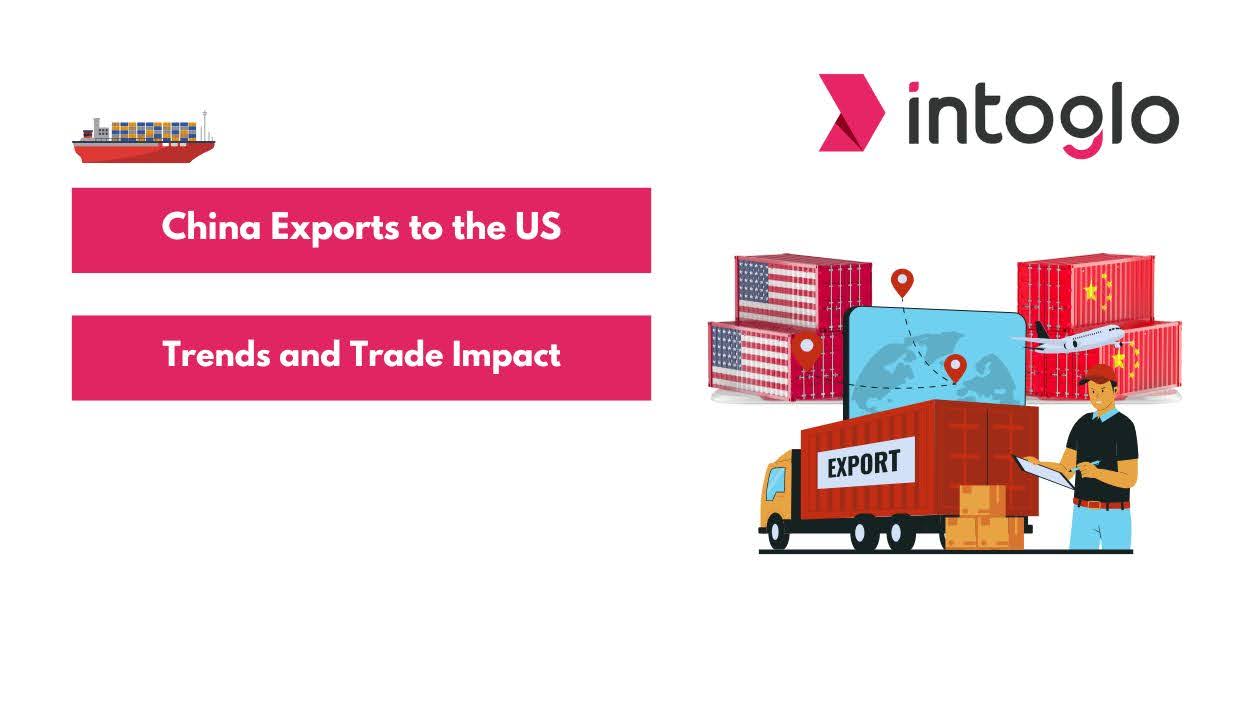
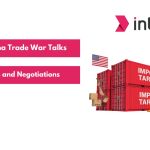
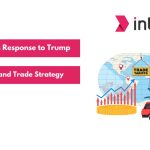
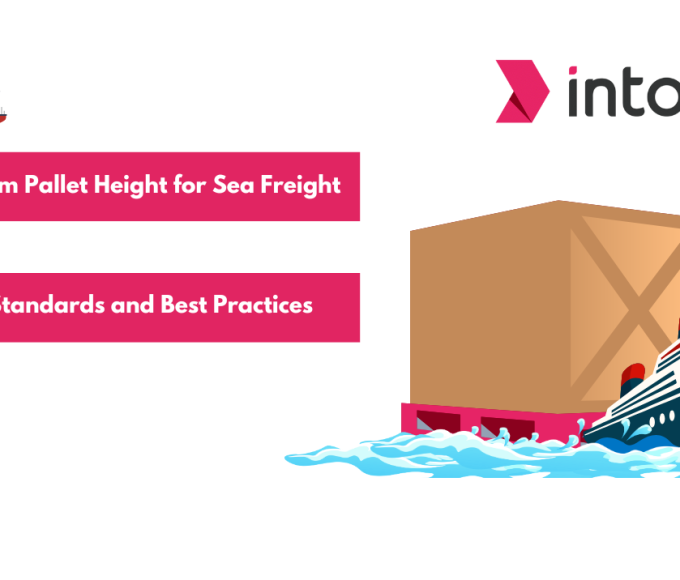
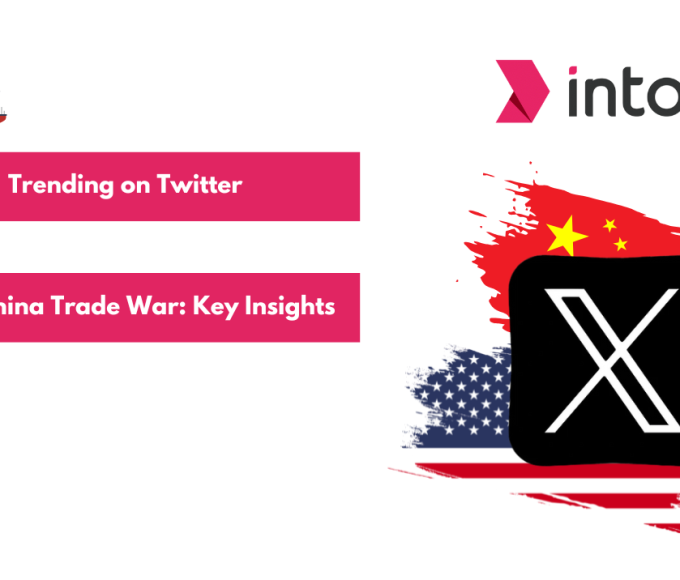
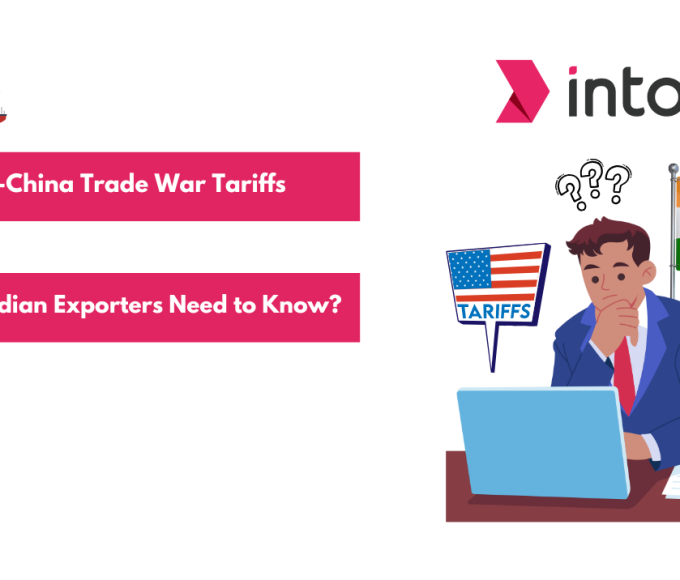
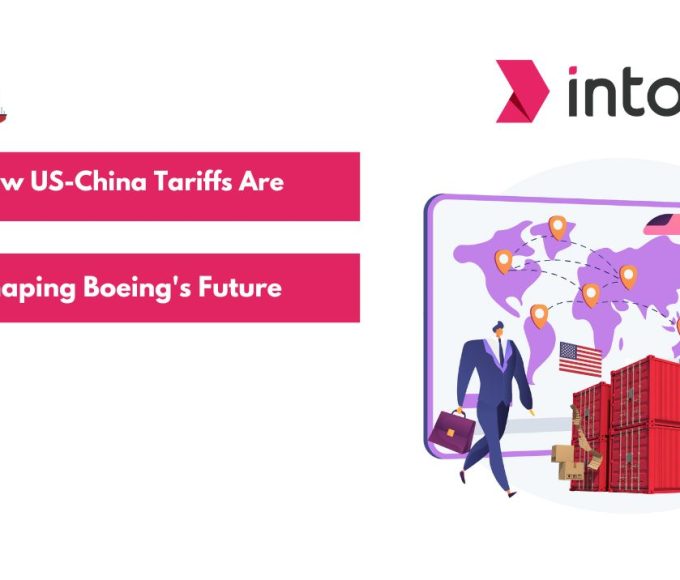
Leave a comment